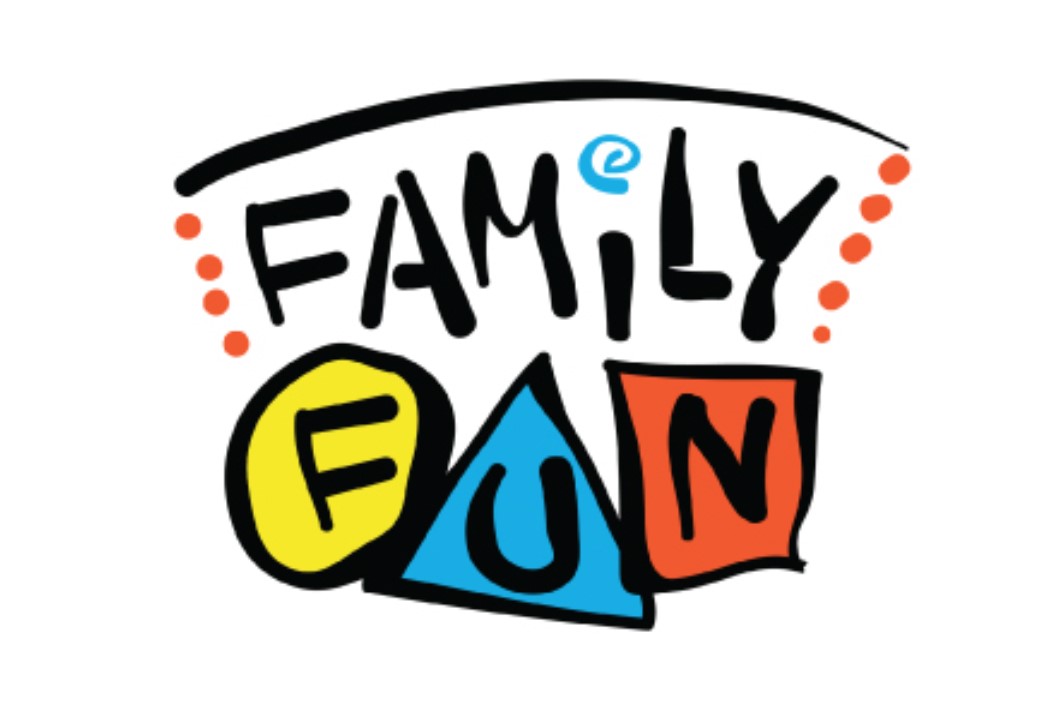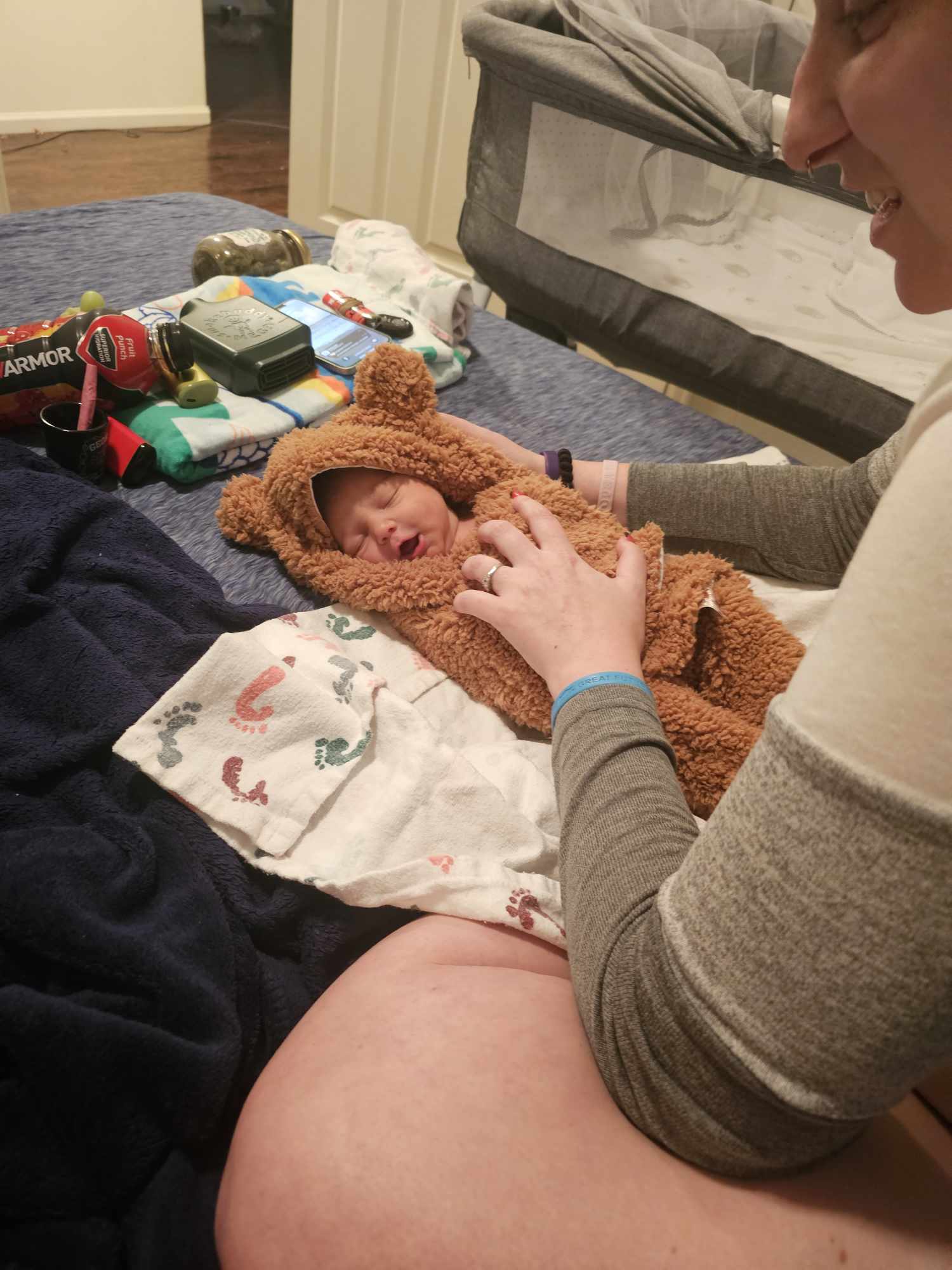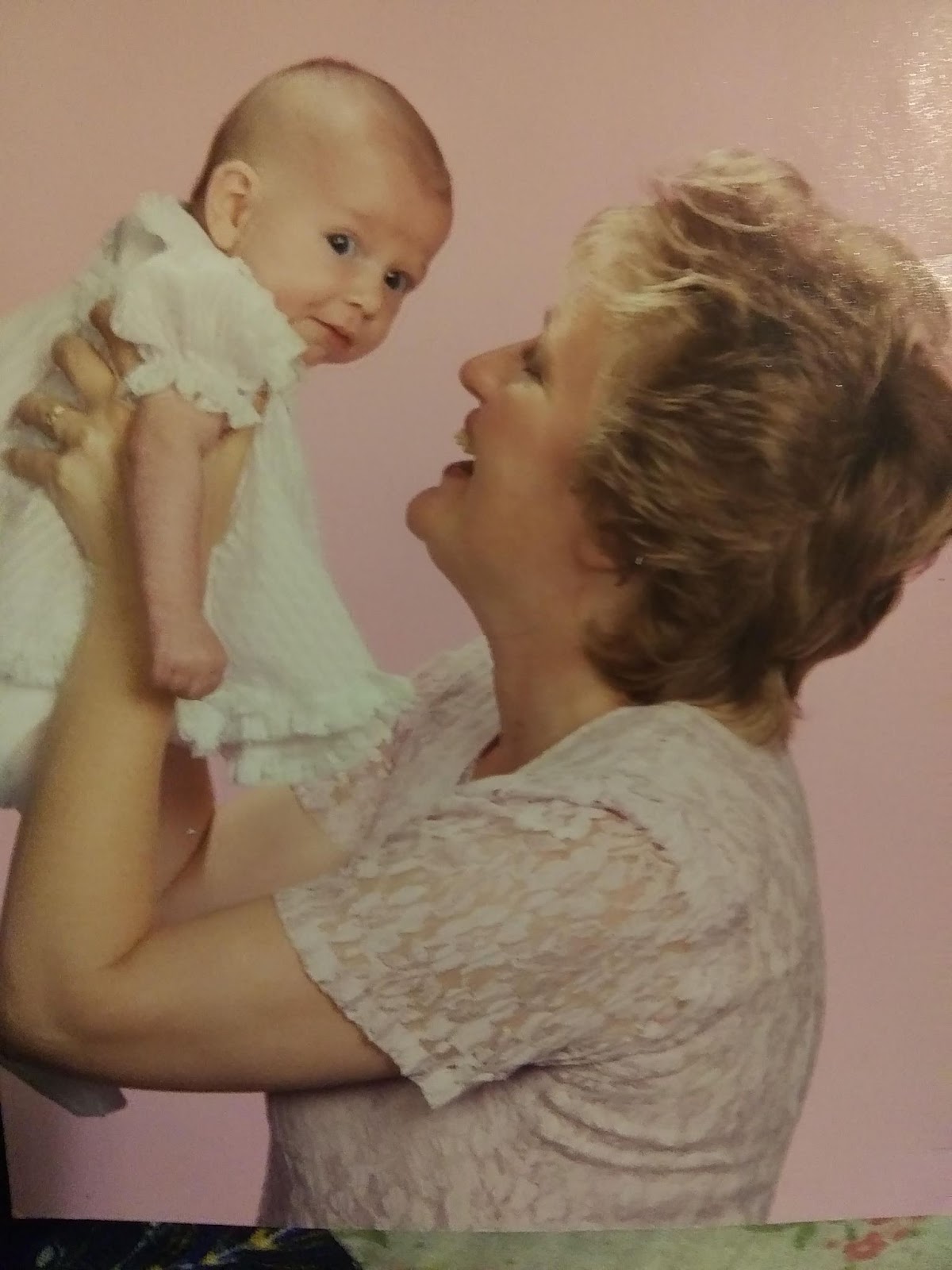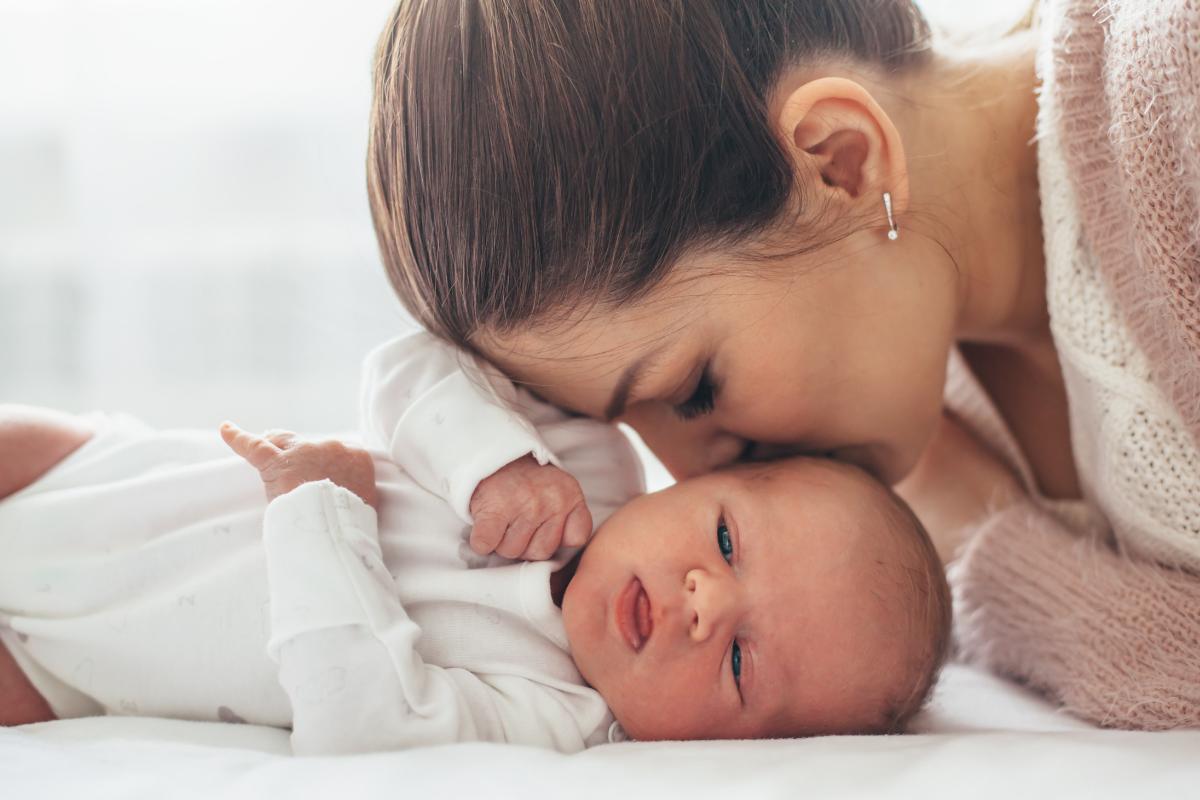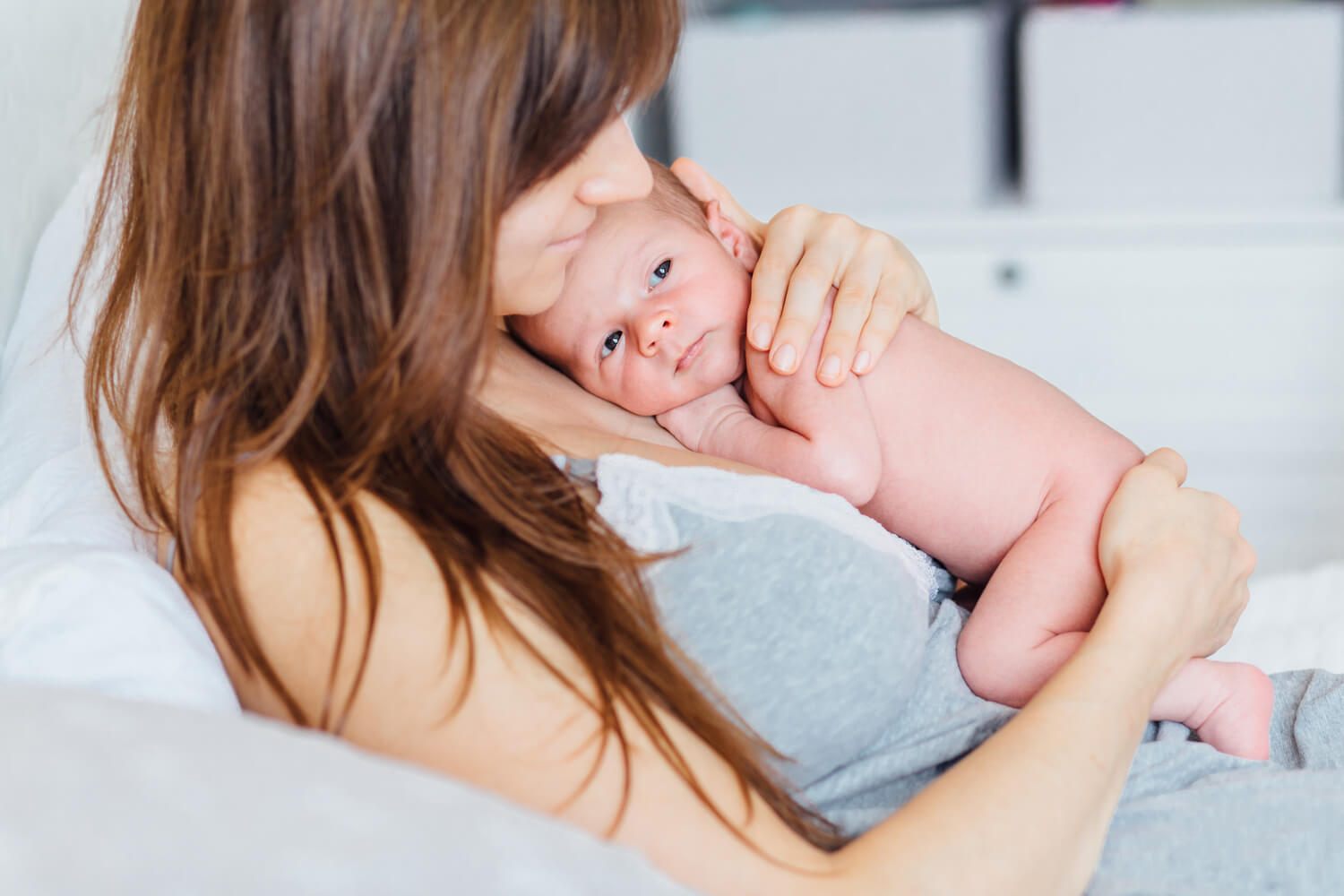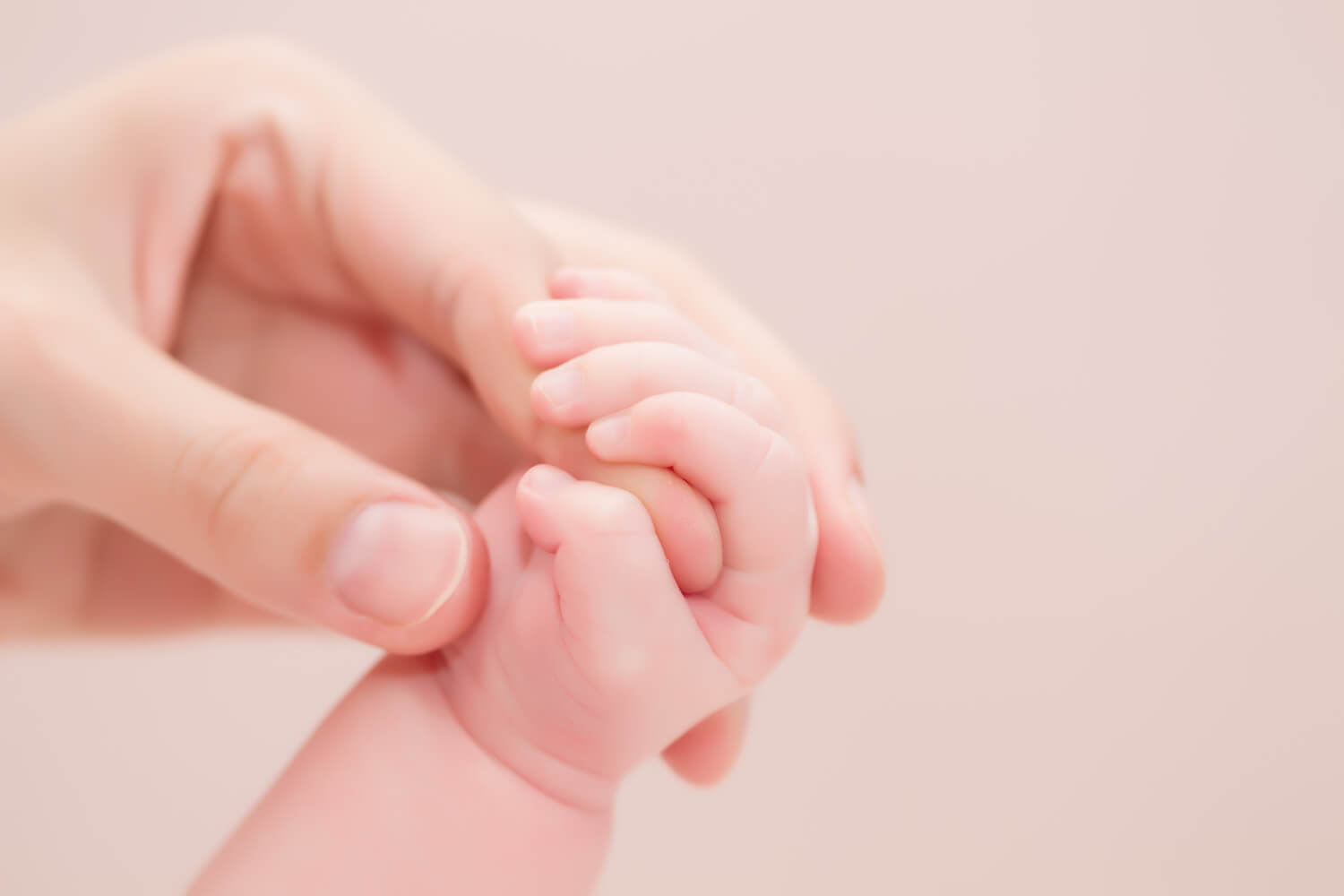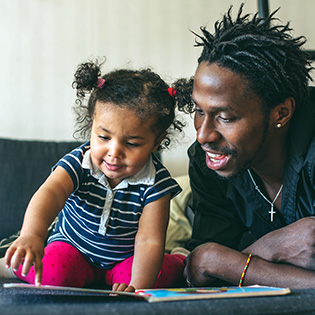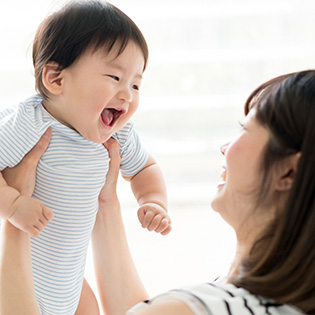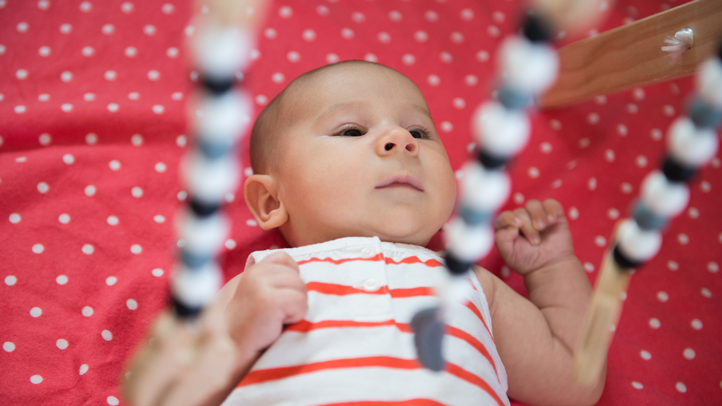10 Easy Activities to Play with a Newborn
(0-3 months)
Play with your 0-3 month old baby—is that even possible? Absolutely! Today I’m sharing some easy and fun activities to play with your newborn so you can get started right away!
Be sure to also check out the next steps: milestones & Activities for your 3-6 month old!
As a parent to a newborn that might seem like a task for much further down the road. But actually, babies are born ready to play (or ready to have you teach them how!).
One of the things I loved learning about the most while undergoing my Master’s in Recreational Theropy was the developmental process from birth through the acquisition of motor skills in the early childhood years.
Studying the various reflexes and small patterns in motor development revealed some really neat things about how infants naturally progress through stages, and how parents can help babies facilitate both motor development and social development through play.
While you do not have to entertain your baby as soon as they come home from the hospital, there are plenty of newborn activities you can do when you are ready!
Related: 15 Benefits of Baby Wearing
How to play with a baby 0-3 months: Learning through everyday activities
Most the first month especially, babies are taking in so much about the new world around them through regular touch and through being close to you.
Focus instead on recovery and adjusting to life with a newborn!
Related: 5 Things Every New Mom Can Relate To
Somewhere down the road after the first few weeks, however, once they start having more awake time, a thought is likely to start creeping into your head of “How am I supposed to entertain and play with my baby” (and how do I give my arms a break from carrying her?).
Baby playtime is a great way to do both!
So today I’m sharing a few easy ways to play with a newborn to 3-month-old baby.
How to play with a newborn baby: Easy activities for 0-3 months
When figuring out ways to play with a baby, aim for a combination of independent play and social play.
This means encouraging baby to both explore and makes sense of the world around them through their discovery (with some help from you sometimes of course) as well as playful interactions with the family.
The best things to have for playing with a newborn:
Visually interesting objects Contrasting books
or patterned cards (these ones are adorable and have over 285 5-star reviews!)Tissue paper and other texture-interesting itemsA mirror (regular or a baby floor version)Soft yet sturdy surface (such as this foam mat)for floor play and tummy time Soft blocks,
or anything else that will cause sense stimulation for babies 0-3 months
I try to mix up how we play each day, to keep us both from losing interest—though not sure that is possible for babies as they are easily entertained!
10 Sensory Activities to Play with your Newborn
Related: The One Thing Parents Can Do to Encourage Development in Babies
Related: Best Gifts for Babies 0-1 year
Must try Activity: Jello Sensory Play for Babies & Toddlers
Benefits of a foam baby mat-
Importance of Sensory Stimulation for Babies
Children require sensory stimulation of an appropriate nature and duration, at the right time. Failing to provide children with adequate sensory stimulation puts them at a high risk of developmental and cognitive delays. This is known to have been recorded in young babies who grew up in orphanages, as well as in preterm babies.
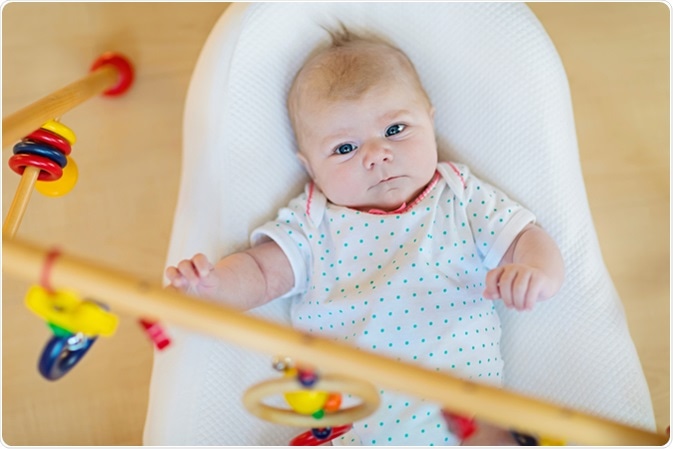
Image Credit: Romrodphoto / Shutterstock
One such sensory pathway is touch, which facilitates normal growth and development. From worms and rats to human beings, the offspring of each species show positive responses to supplemental touch.
Research is still ongoing into the best ways to stimulate touch and other sensations to promote growth normalization and an increase the level of response to multisensory stimuli, especially in children who were deprived of such stimulation in early life.
Children with neurodevelopmental disorders often have impaired integration of multiple sensory modalities and must therefore be trained to perceive and to interpret them correctly.
Lack of tactile stimulation
Experiments on rat pups reared in isolation, under maternal care, and those reared in isolation but modified by brief sessions of stroking showed that deprivation of tactile stimulation, which took the form of licking by the mother rat, caused aberrations of behavior in the deprived pups even after they became adults.
Moreover, when these pups became mothers themselves, they failed to show fully maternal behavior towards their own pups. This has been seen in preterm babies kept in incubators for the first few weeks, as they are often deprived of touch but exposed to sounds and lights without always being able to correlate them with the source.
This can set the children back in responding to social as well as environmental cues as they grow up. On the other hand, “kangaroo care,” in which a baby is carried against the caregiver’s chest skin-to-skin in a carrier, wearing a diaper only, for at least an hour every day for a total duration of at least two weeks, has been shown to produce consistently improved scores in both mental and physical assessment, which persist for months afterward.
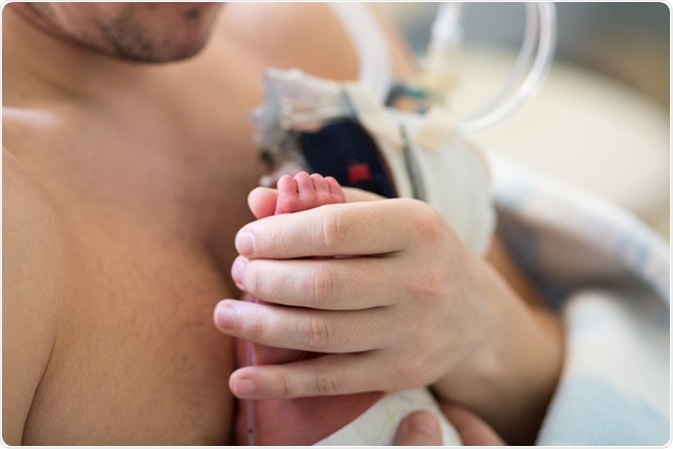
Image Credit: Kristina Bessolova / Shutterstock
Brain development and sensory stimulation
Mechanosensory stimulation is therefore very important in the development of a baby. In fact, it is difficult to reverse the negative effects in an individual who was deprived of such sensory stimulation in early life.
Research has shown that the newborn’s brain develops 2-3 million synapses each second. These synapses forge the route for sensory messages to reach the brain. The more synapses that are used, the more quickly these become permanent.
If not used, the synapses may die out and lead to a phenomenon known as pruning. Pruning ultimately prevents information overload by cutting out non-functional pathways.
Taken together, sensory stimulation is vital to develop sensory pathways in the brain and thus promote normal development. This stimulation also helps the child learn about the world, as well as communicate and form attachments to other people.
Normal maternal stimulation
In most cases, daily interactions between a mother and her infant cause stimulation of key senses, mostly touch, but also stimulation of the joints, hearing, vision, and balance.
According to research-based evidence, the daily activity found to be most stimulating is feeding, while playing with the baby, carrying, bathing, and changing the diaper/clothing are other sources of mechanosensory stimulation.
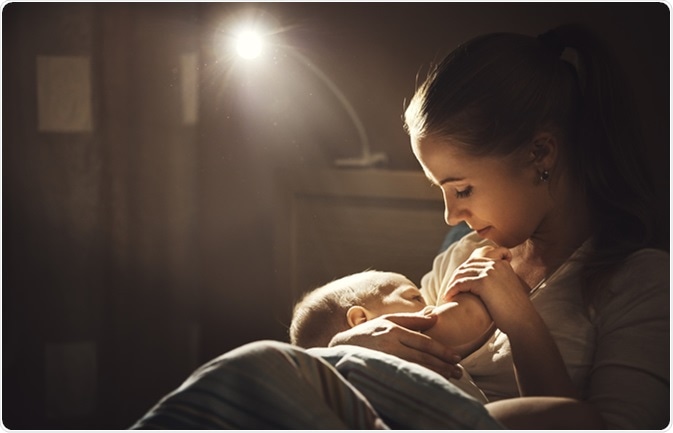
Image Credit: Evgeny Atamanenko / Shutterstock
When compared on a minute-by-minute basis, research indicates that the most exciting activity is playing with the baby. However, individual differences exist between mothers and infants, which affect the amount of stimulation that occurs with each activity. Thus, individual counseling should be given to ensure that each infant is optimally stimulated at home when planning a remedial program.
Order of sensory maturation
Another finding is that all sensory systems do not mature simultaneously, but rather in a specific order which does not vary.
"This order includes >tactile >vestibular>chemical>auditory>visual. The baby thus has five senses working at very different levels at the time of birth.
The fetus has already developed much experience of tactile and vestibular system sensations by the time of delivery, including feeling when the mother is walking, laughing, talking, exercising, bathing and so on. These different feelings are often accompanied by auditory cues and physiological differences such as an increased heartbeat, uterine contractions, and stroking feelings when toweling down."
The auditory system develops much later, however. Therefore, knowing how the baby receives various sensory modalities has much to do with how activities are planned.
Tips on sensory stimulation in babies
Introducing a variety of textured objects Playing in water at the appropriate temperature Holding the baby up to face level, or lying down where the baby can see the caregiver’s face Spending time outside the house in quiet listening Sucking on clean objects Playing music appropriate for the child Watching moving objects such as fan blades, leaves, branches or shadows on a wall Bouncing balls where the baby can see them bounce and come back up again Rattles and other colorful and movable toys or objects (should be light and without sharp edges) Foods of different tastes and textures Coloring, painting, stamping, and other art activities for toddlers Smelling various safe substances such as foods, flowers (if not allergic to pollen), and grass Looking through various transparent colored objects
